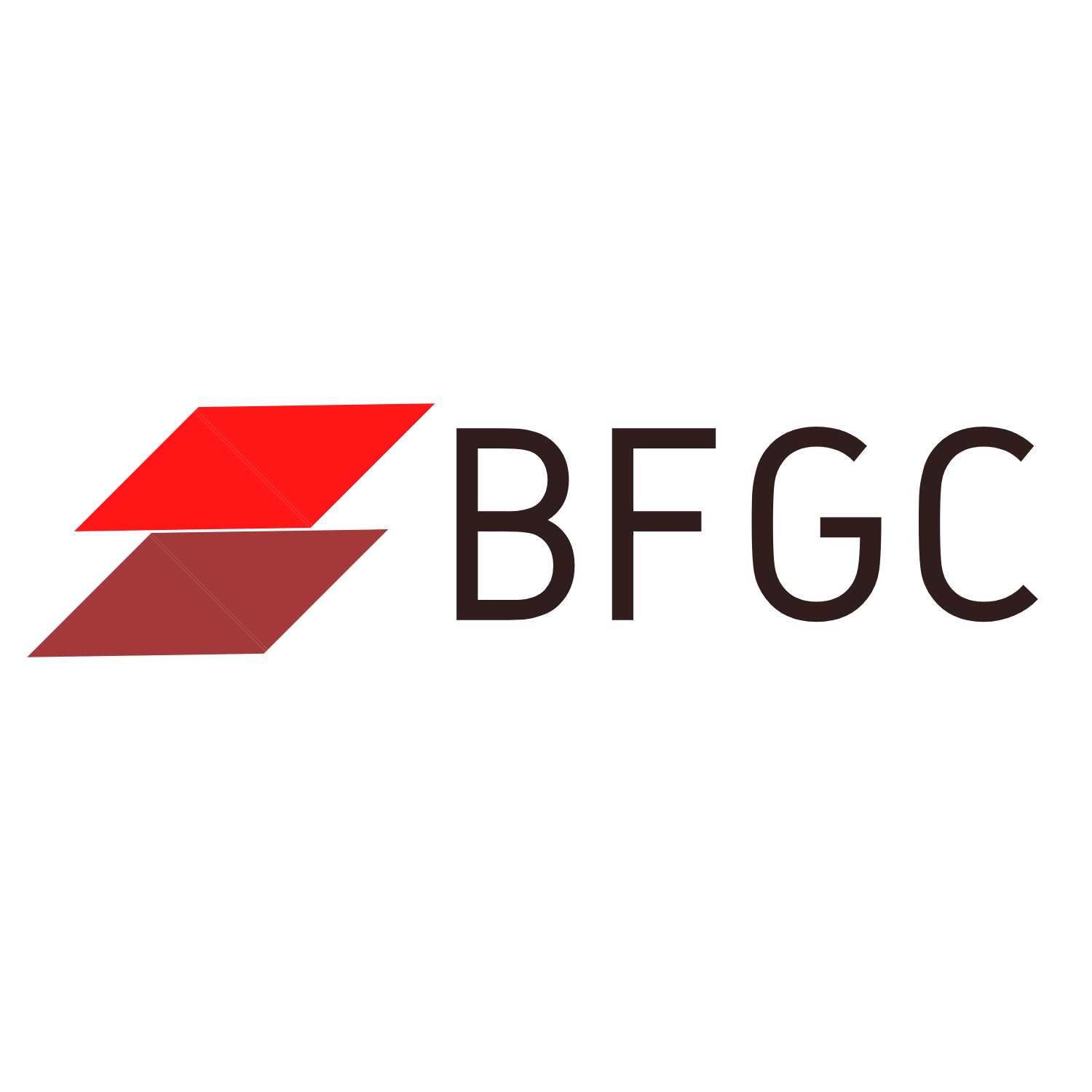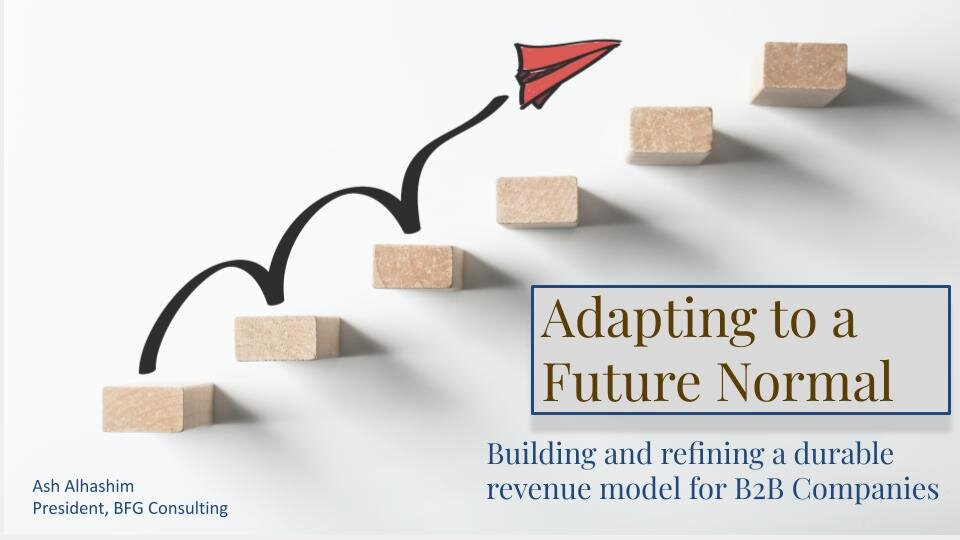At first, it felt like a marketing gimmick. A transparent mechanism to get people talking about Hubspot and drive awareness, followed by inquiries and demand… (you know, like a funnel).
But the concept lingered. And the more I thought about it, the more it began to make sense.
Indeed, something felt wrong about SaaS businesses using a model for growth that abruptly ended when a customer was acquired: After all, SaaS is predicated upon recurring revenue and the sustained satisfaction of a growing customer base.
But even in the face of this new information, I remained loyal to the funnel. Truthfully, I forgot all about the flywheel for a while, and continued thinking about marketing and selling in funnel form.
A Case Study For Lunch
It wasn’t until almost a year later, when I had lunch with an old friend and received an update about his business, that the flywheel emerged as a topic to reconsider.
This friend is the CEO of a subscription business. At our previous meeting about six months earlier, he had informed me that his business was in a standstill. A well-funded competitor with a massive war chest had been cleaning up the market with its army of salespeople. His co-founder had left the company and employee attrition had followed. They were closing new deals, but revenue flow was anemic. Morale was low and he was stressed.
But as soon as he walked through the door, I could tell that something was different. He was brimming with excitement as he caught me up on things: Shortly after our previous meeting, he had hired an experienced industry executive. She had come in and shaken things up in the best of ways. While they were nowhere near declaring victory, they were starting to accumulate little wins, and lunch felt like a little celebration.
I spent the rest of our conversation trying to figure out just what this executive had done to institute this kind of change so quickly. In typical CEO fashion, he explained it with bullet-point brevity.
The gist:
The new executive zeroed in on the part of the market that she thought made the most sense to tackle now -- an under-served geography and market segment and type of buyer she hypothesized had needs that were not being met by any of the products on the market.
She pushed for new product functionality that she believed must exist in order to grow the business in that market. When she faced internal objections and began to suspect that this functionality may never ship, she began selling it to prospects anyway. She managed to close a few substantial deals with the addition of this functionality as a prerequisite (the customers had opt-out clauses in their contracts if functionality was not added by a certain date). As a result of this, the CEO pushed the engineers to build this functionality (and did so within a week!).
She gave the product away for free to qualified prospects until they realized the benefits.
She referenced the success of these new customers in the pitch deck. As new prospects realized the value existing customers were achieving, they were much more open to trying the product out, especially since the trial was free and easy to begin. Momentum swelled.
Now that she had figured out a selling motion that was functional and repeatable, she grew the sales and support teams in proportion to the size of the immediate market opportunity. She was deliberate about creating a team structure that was congruent with the type of transactional sale they would need to run.
She hired a revenue operations leader who codified her plan into systems and processes which allowed for clear swim lanes, customer-focused incentives that were shared across teams, and clear accountability.
Reconsidering the Flywheel
Unlike a funnel, a flywheel puts the customer at the center of the process. In theory, with a good product and go-to-market operation, your flywheel should never stop spinning. This mapping feels much more appropriate for a subscription economy.
In the flywheel model, the customer is not the byproduct of a job well done: she is the center of your universe. The happier she is, the bigger a promoter she becomes. The bigger your base becomes, the faster your flywheel spins, and the faster your business grows.
More specifically, the variables to consider when working to grow your business are :
the size of your flywheel
how much friction there is
how fast you spin it
Aside from a larger flywheel helping you get more customers (a commercial virtuous circle), it’s pretty simple:
If you remove friction from your flywheel, you make the buying process easier, which, in turn, causes more customers to buy. This could happen in a variety of ways, such as streamlining the sign-up process or lowering prices. But it could also come from fixing misalignment across your teams: Shared mandates and clear understanding of Ideal Customer Profile go a long way here.
If you want to spin your flywheel faster, you improve functions like Customer Success and Support (improve delight). You also focus on turning your customers into promoters. This allows them to become your best salespeople, which is hugely compelling, especially in noisy, highly competitive markets.
Intuitively, this all seems to make sense. But to make this more explicit, let us go back to our case study lunch.
What this new executive was doing was creating flywheel momentum.
She:
Attracted buyers by being focused on a specific audience and offering them something they needed;
Engaged buyers by giving the product away for free until value was shown, which made it easy to say yes (removing friction);
Delighted buyers by supporting them with a go-to-market operation designed with customer success in mind at every touch point.
This executive didn’t come in and ask about the funnel and start working to improve conversion rates. She thought about the customer first and then she figured out how to make it easier for them to say yes. Only then did she start to build a business around accelerating that process.
The model checks out.
And now, with one case study and an entire year to sit on this information, I feel ready to change the way I think about customer acquisition. But I’m also not sure I’m buying the hype completely.
Perhaps it isn’t that the flywheel is going to kill the funnel. It’s clear —to me at least— that the flywheel has earned a place in the pantheon of sales and marketing literature. But maybe we should be using the flywheel in the future tense and the funnel in the past tense. The flywheel helps us think about how to act: how to generate and increase momentum. The funnel should be the go-to measurement system for telling us how well we did…
But that’s just me. What do you think?
What’s funny is that a quick Google search shows that almost every post about go-to-market flywheels are written by Hubspot employees or partners.
It seems it’s taking a while for the rest of us to change our minds.
____
For more information on the flywheel, here is a great post by Jon Dick over at Hubspot. It is full of examples and actionable advice. Hubspot also offers a short online course that covers growing your business with a flywheel model. Last, here’s an HBR post about this topic by Brian Halligan, CEO of Hubspot.




